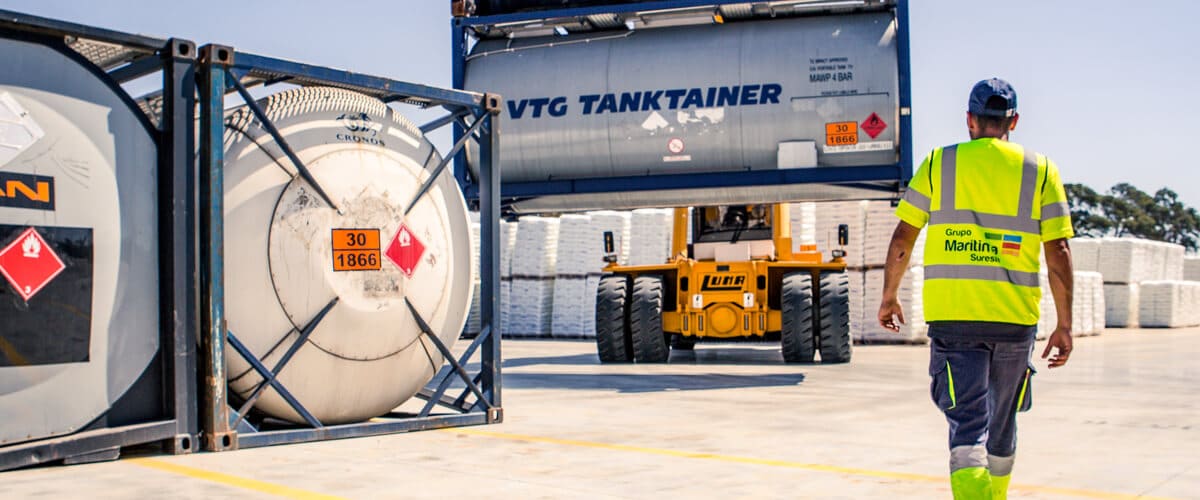Types of dangerous goods
Nowadays there are about 12,000 substances, gases, solids and liquids recognized as dangerous goods.
In order to facilitate their classification, they are divided into 9 groups based on one main characteristic:
Class 1 – Explosives
This group is made up of those substances with the ability to rapidly change the state of their molecules from one state to another, usually from solid to gas, therefore, they can generate a large explosion.
In turn, group 1 is subdivided as follows:
Mass explosion hazard.
Risk of projection without mass explosion.
Risk of fire with blast wave or risk of projection.
Slight risk of explosion.
Very slight risk of explosion.
Extremely insensitive articles.
Class 2 – Gases
This type of goods is currently considered as high hazard cargo because, in order to transport these gases, they must be transported in a container with high pressure in order to reduce their volume.
This pressure can cause great damage in the event that the goods are released or explode.
In this group, in turn, we can classify gases into 3 subgroups:
Flammable gases.
Non-flammable and non-toxic gases.
Toxic gases.
Class 3 – Flammable liquids
This group is mainly composed of elements with a great capacity to burn, such as kerosene or gasoline.
As with the previous two classes, these liquids are categorized into subgroups:
Flammable liquids without subsidiary hazard.
Toxic flammable liquids and pesticides
Flammable corrosive liquids
Flammable toxic and corrosive liquids
Flammable explosive desensitized liquids

Class 4 – Flammable solids
In this group we find those solid substances that, when in contact with water, release flammable gases. We also find explosive goods and self-reactive goods.
Based on this, we classify them in 3 subclasses:
Flammable, self-reactive and desensitized explosive substances.
Substances that can spontaneously combust.
Solids which in contact with water give off flammable gases.
Class 5 – Oxidizing agents and organic peroxides
Class 5 consists of materials with a high oxygen content that can react with other dangerous goods such as flammable or combustible liquids and generate a combustion that is difficult to extinguish.
It is important to know this, since this type of goods should not be moved or stored together with other explosive or flammable elements.
Class 5 is divided into two groups:
Oxidizing substances
Organic peroxides
Class 6 – Toxic and infectious substances
In this case, Class 6 is made up of poisonous substances and chemical materials that are seriously harmful to the well-being of people and the environment.
In this class we also find those goods coming from scientific studies that have pathogenic agents, viruses that cause diseases and infections.
Class 6 has the following division:
Toxic substances, such as chemical poisons.
Substances dangerous because of their pathogen content.
Class 7 – Radioactive
This class consists of substances containing unstable atoms and a changing molecular structure. Within this class we find products such as enriched Uranium, Plutonium or Thorium.
Class 8 – Corrosives
This group is formed by all those chemical products with a high content of alkaline or acid components. They are substances that pose a danger because, in contact with other materials or the skin, they can cause immediate damage.
Class 9 – Miscellaneous dangerous goods
This last class includes those dangerous goods that pose a risk during transportation and storage, but have not been classified in any of the previous groups.
